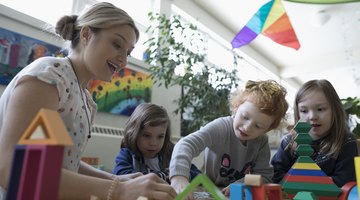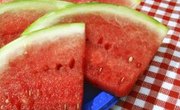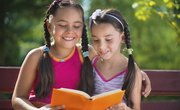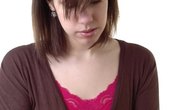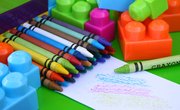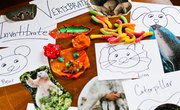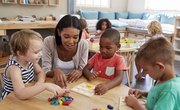Exploring fantasy worlds is part of a child's emotional development, according to the Healthy Children website, and preschoolers blur the lines between reality and fantasy every day. When teaching reality versus fantasy, don't discourage or belittle the make-believe component of a child's thinking. Activities can help preschoolers identify differences between the real world and fantasy, but children develop emotionally at different rates, so some preschoolers take longer to recognize the differences.
Introductory Discussion
Introduce the topic by discussing the difference between what is real and what is make-believe. Give some examples relevant to preschoolers. You might state that dogs can run and play fetch as an example of reality, but it's fantasy to think that dogs talk as people do or play board games. Ask the preschoolers to give examples of things that could really happen and examples of make-believe. Write a list of the examples the kids provide. This exercise gets preschoolers thinking about real versus make-believe as you move into the lesson.
Book Intro
Books offer a simple method to identify and compare reality and fantasy with preschoolers. Choose one fiction and one nonfiction book. The fiction book should have some obvious fantasy components, such as imaginary creatures or animals that act like humans. To emphasize the differences, choose a nonfiction book relating to the topic of the fiction story. You might choose "Llama Llama Red Pajama" by Anna Dewdney -- a story about llamas that wear clothes and act like humans -- with a children's nonfiction book about llamas.
Story Discussion
Read the two selected books to the preschoolers. As you read, point out events or information in the story that indicate if it is real or fantasy. Ask students questions if they aren't sure of the difference. Ask, "Do llamas really wear clothes and sleep in beds in the house?" When reading the nonfiction book, you might ask, "Do llamas really live on farms?" The pictures also provide clues. Direct students' attention to the pictures to focus on reality versus fantasy. After reading each book, ask the preschoolers if the book was real or make-believe.
Follow-up Activities
Additional activities give preschoolers practice at differentiating between things that are real and fantasy. Show pictures and have students sort them into "real" and "fantasy" piles. Or give each child her own picture and have her decide if it is real or make-believe. Have her show the picture to the class and say which category she chose. Encourage students to come up with their own fantasy and reality ideas by drawing pictures. Have preschoolers fold a paper in half. On one half, they can draw a picture of something that is real. On the other half, they can draw something that is make-believe.
Related Articles
References
Writer Bio
Based in the Midwest, Shelley Frost has been writing parenting and education articles since 2007. Her experience comes from teaching, tutoring and managing educational after school programs. Frost worked in insurance and software testing before becoming a writer. She holds a Bachelor of Arts in elementary education with a reading endorsement.

